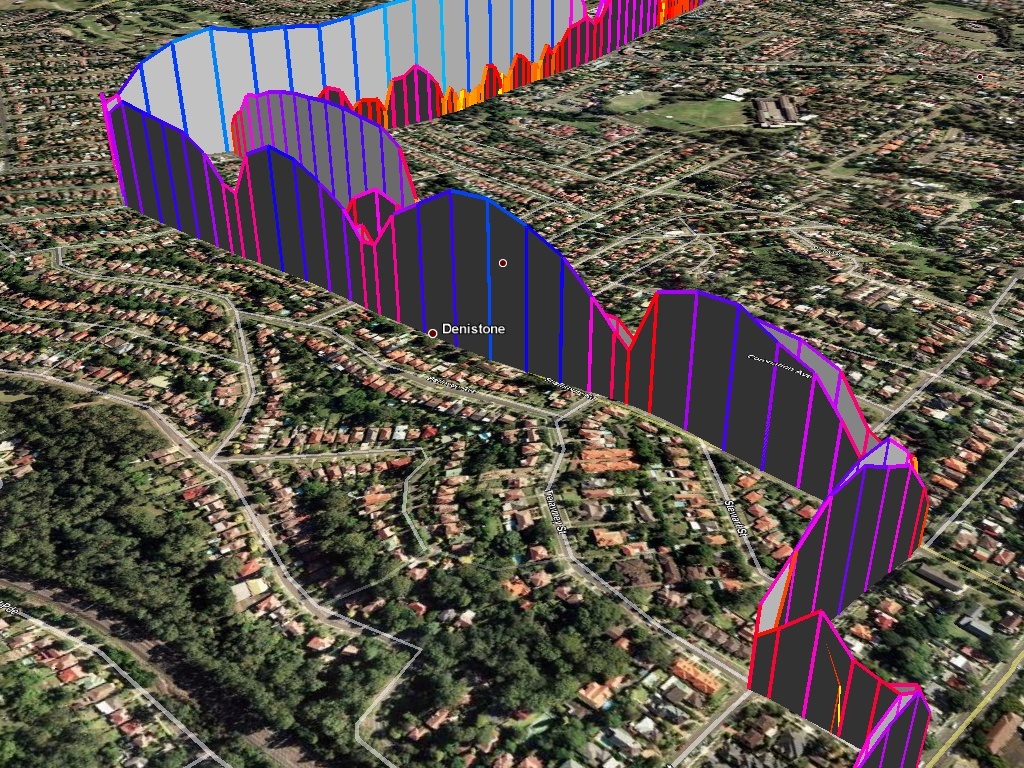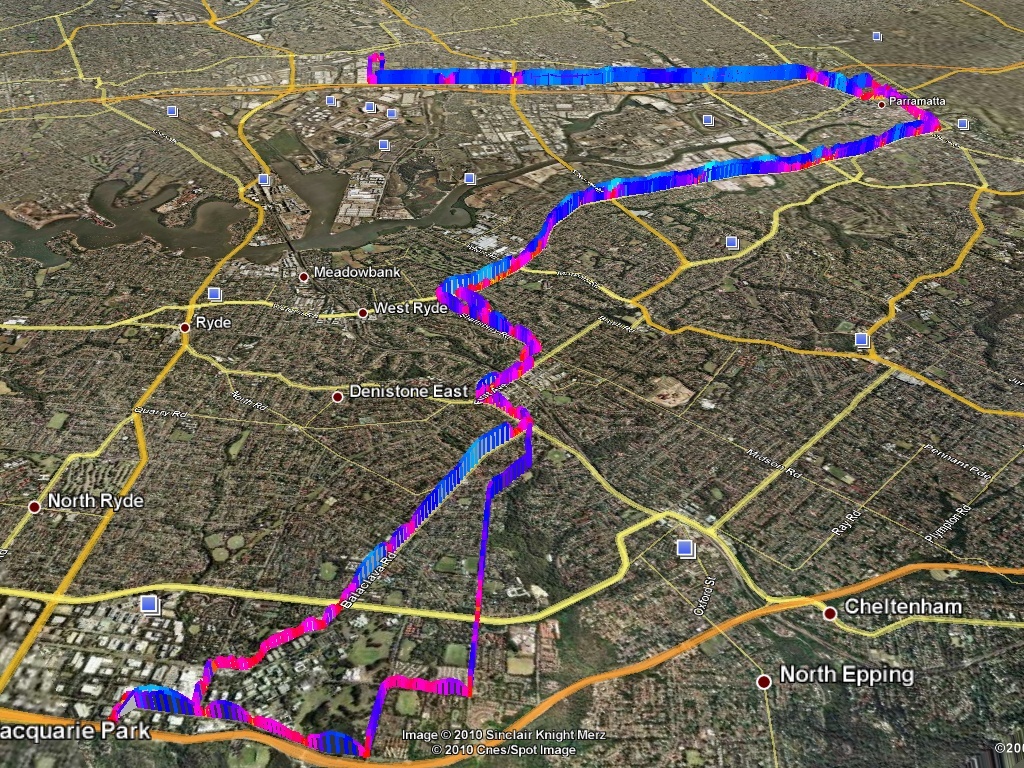Capped Internet
I’ve lived in several different parts of the world, and they all do internet differently. Back in the US I had 8Mb/sec cable (leaving just before Fios was really an option, darn!) In New Zealand, for instance, I was paying for “high speed ADSL” rated at 1.5Mb/256k. Vrooom. Up in Taiwan I was paying 1/2 what I paid in New Zealand, but for 12Mb/1Mb. Down to Sydney and we have a rated 24Mb/1Mb.
But there’s a catch with the plans in New Zealand and Australia: they are ‘capped’. This means you only get XGB/month – and it isn’t like Comcast capping at 250GB/month, I’m talking about 1GB/5GB/10GB and so forth. And there’s more – just like mobile phones, you get on-peak and off-peak times.
This all does make a bit of sense to me – there are only X amount of tubes going in and out of NZ and AU, and I would imagine they get pretty clogged.
Either way, last month was pretty painful. Two weeks into our plan I checked out usage: 14GB of 18GB! We had only 4GB left to use for 15 days. This sounds like a lot, but for the two of us, and my 10 virtual servers, it isn’t. The first thing I did was looking at a way to do WSUS with Linux – I ended up using apt-cacher (I’m using only Ubuntu at home). BitTorrent, out; downloading any new ISOs, out; streaming music, totally out. For a while I has to VPN to home, and then VPN to a client, as our router at work didn’t seem to like letting us access one of our clients. I even disconnected from the VPN if I wouldn’t be doing work for 20m!
We eventually made it, and used only 2GB in two weeks. What an accomplishment!

